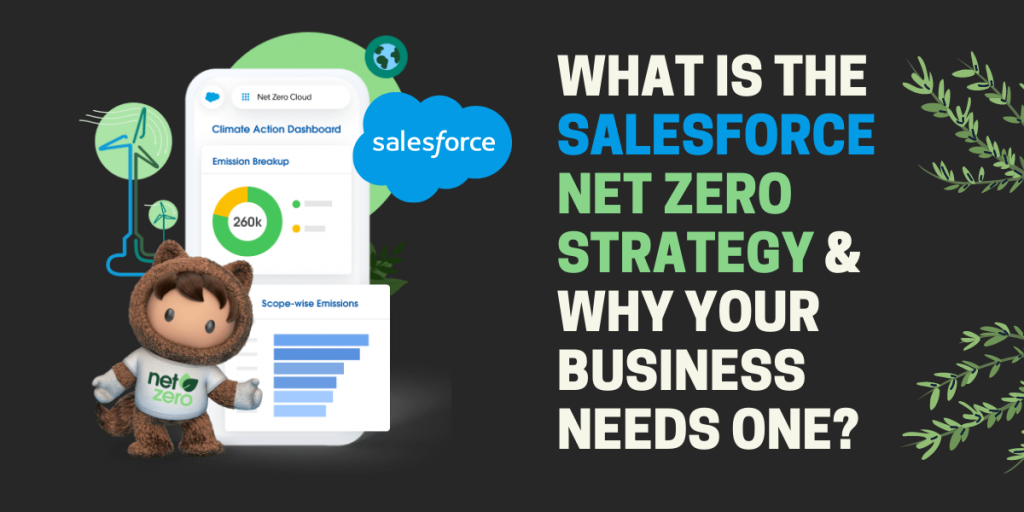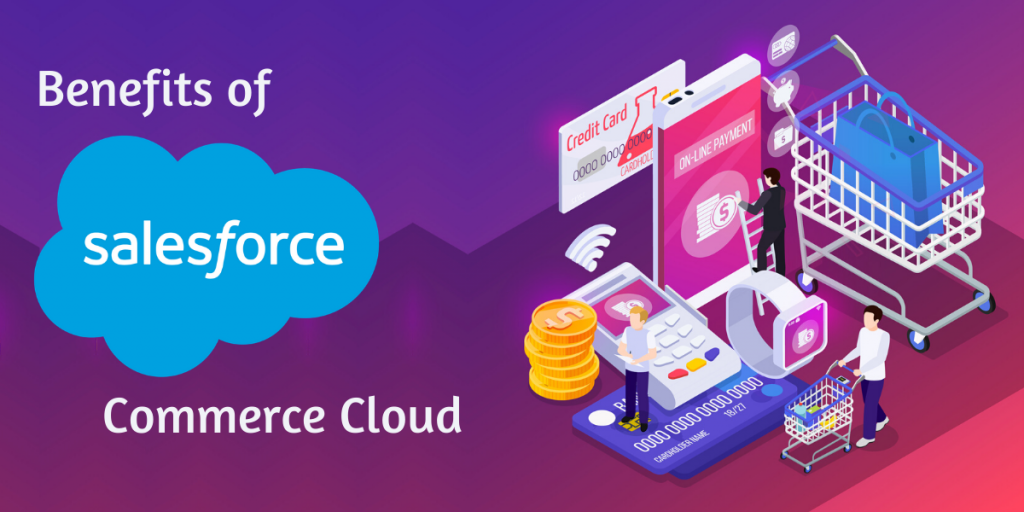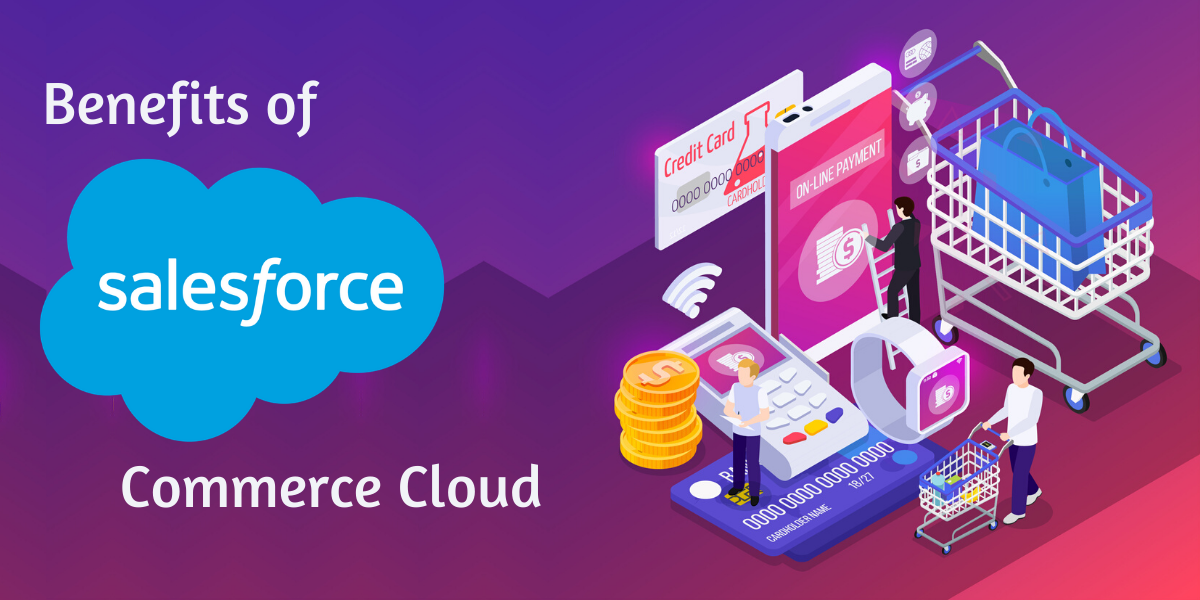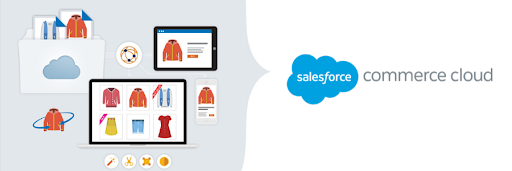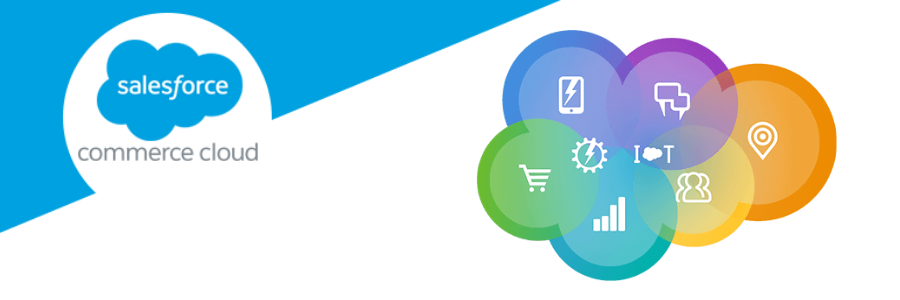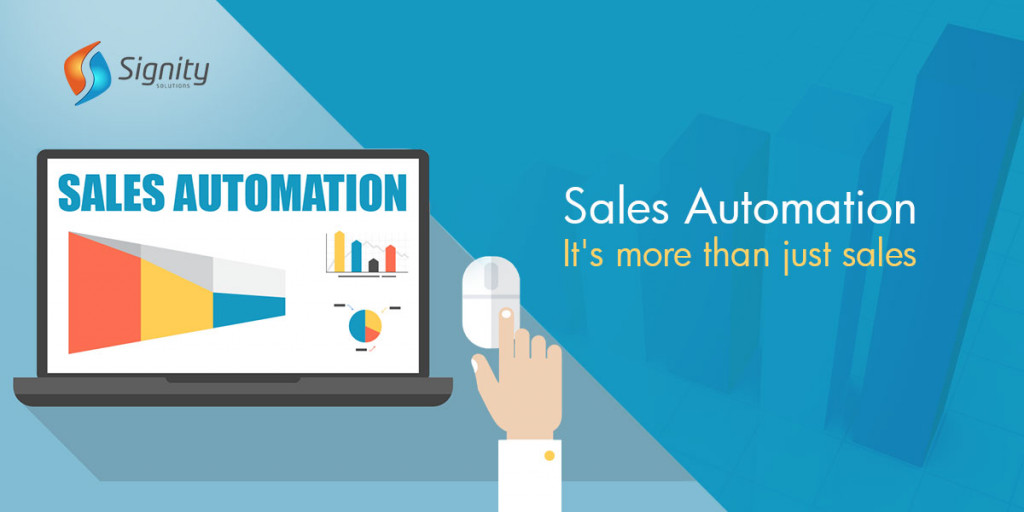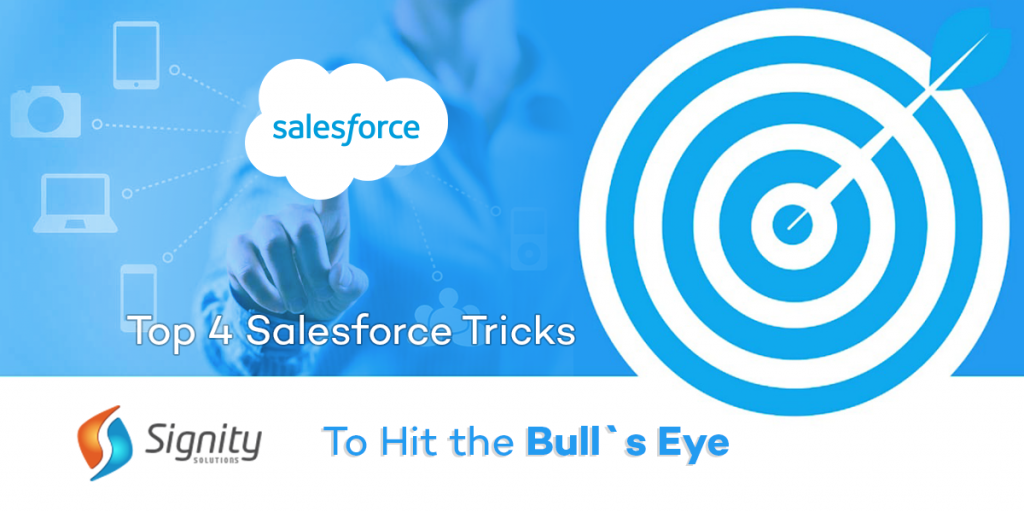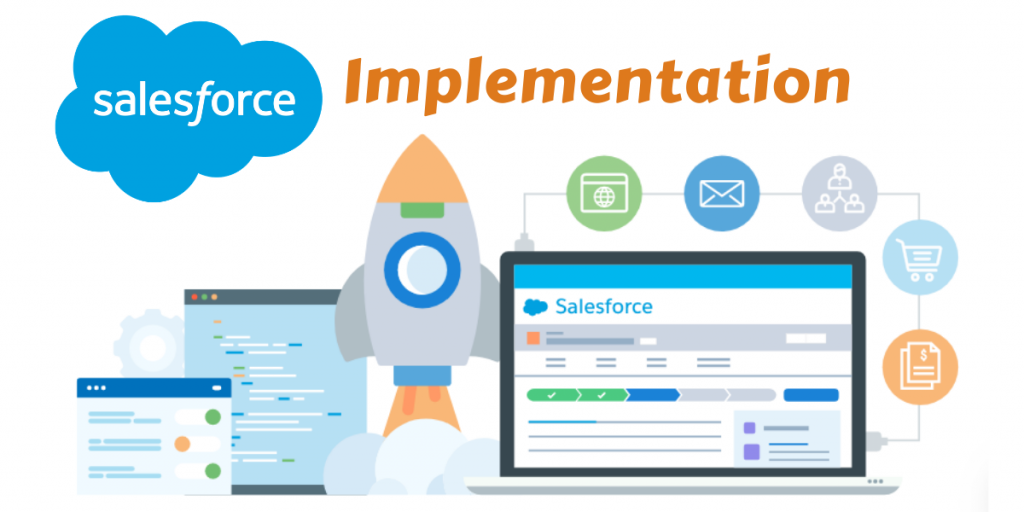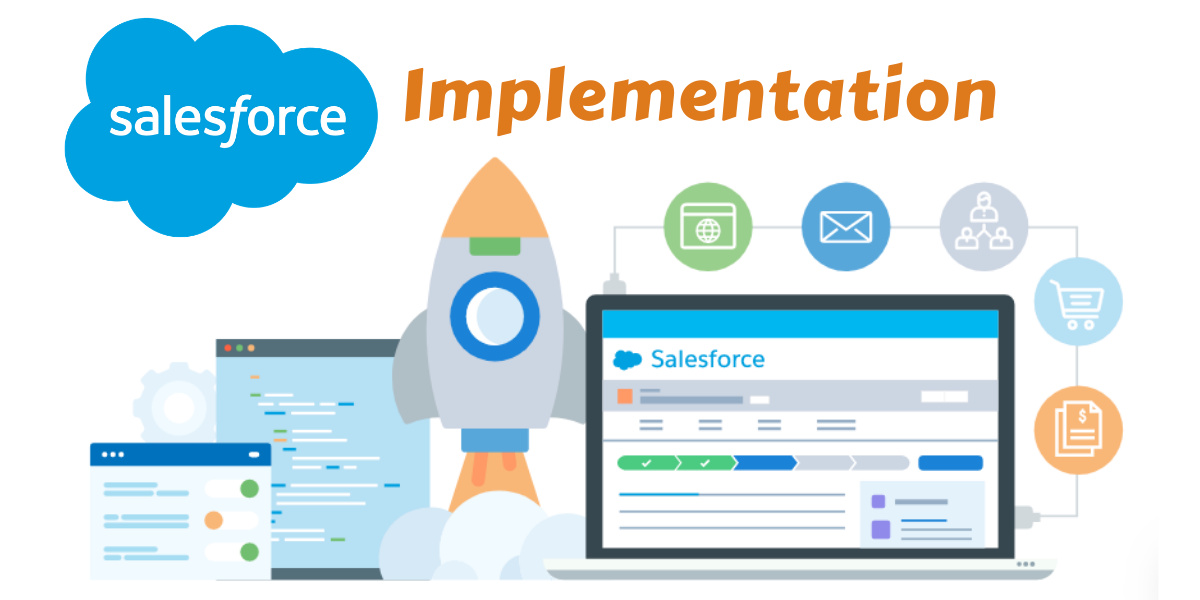What is the Salesforce Net Zero Strategy and Why Your Business Needs One?
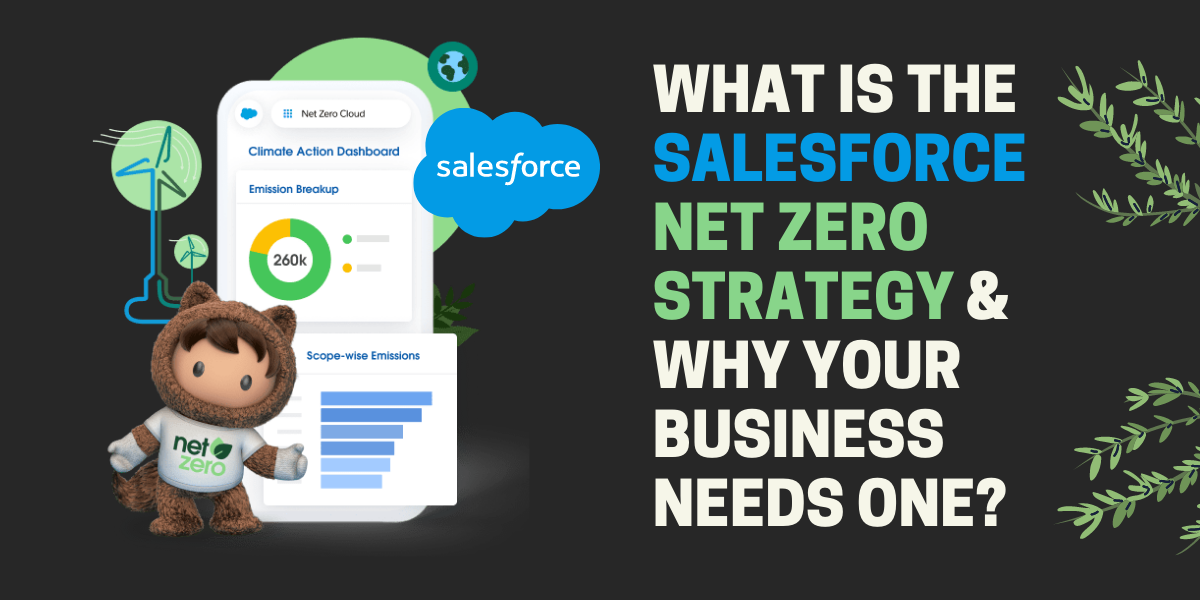
Nature is a blessing to mankind but unfortunately, we have collectively disturbed the way it functions in many ways. Climate change has become an emergency that all of us must work together to deal with as soon as possible.
Regardless of whether it is a moment of preparation for an oncoming storm, a forest fire, losing the last year’s harvest, or something more serious than that, all of us are responsible for taking steps for solving the climate emergency. Just the simple fact that the future generations deserve a healthier and happier future should make us step up and act by implementing strategies to obtain Net Zero.
Business leaders, particularly the CEOs are responsible for leading from the front at this moment. After all, the potential of a business depends on this. It is necessary to understand that a productive and resilient economy can function only within a healthy society and this society needs a healthy and stable environment as its base.
Business leaders must listen to all stakeholders who are calling for climate action in greater numbers. Salesforce is one of the leading CRM organizations where the climate strategy started with the recognition that there is just one, mutual, and global goal which is transitioning into a climate happy future. Salesforce is a company that has been committed to reaching this goal with its net zero strategies.
Salesforce Expanding Net Zero to Its Entire Value Chain
Salesforce is consistently driving towards a 1.5 degree Celsius future by focusing more and more on six sustainability priorities including emissions, reduction, carbon removal, restoration, education & mobilization, innovation, and regulation & policy.
The company released its Climate Action Plan last year to offer a blueprint for others for accelerating their journey to Net Zero. The strategies to obtain Net Zero included the following things:
- Committing to the shared and global goal of achieving a just and equitable transition to Net Zero in line with a 1.5 degree Celsius future.
- Salesforce has also prioritized the reduction of emissions as quickly as possible while aligning its own value chain emissions to the global trajectory of 50% emissions reduction by 2030 and net zero emissions by 2040. The Sustainability Cloud of Salesforce has identified the most impactful opportunities to decrease its carbon footprint.
- Salesforce is also focused on compensating for the remaining emissions by purchasing renewable energy and carbon credits of high credibility, co-benefits and impact. In the long haul, the removal of credits only and in the near term using a combination of removal credits and avoidance is important.
Salesforce achieved 100% renewable energy in 2021 by purchasing enough renewable energy for matching all the electricity globally. Ever since its first commitment, Salesforce has worked constantly to accelerate the global transition to clean and renewable sources of electricity. This is done with an aim for a future where renewable energy is powering the world.
Salesforce has been asking businesses to decrease emissions and increase carbon removals from the atmosphere for addressing climate change. It is focused on deploying natural carbon removal tools such as trees and oceans while also scaling technology-based carbon removal solutions. All businesses are needed to expedite the path to decarbonisation.
Climate Action Plan at Salesforce
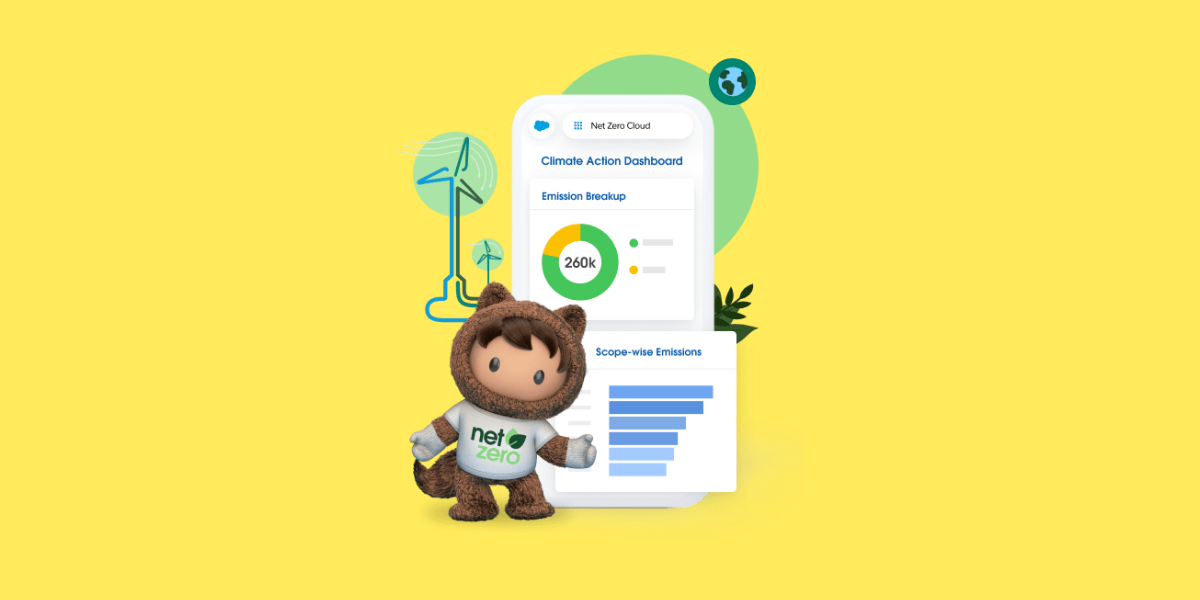
Salesforce is on its way to decarbonize all its operations and align the full value chain to this goal while also compensating for all emissions that cannot be avoided or reduced every year from now on. The company is aiming much higher because the planet needs a lot more.
Salesforce’s net zero strategy has made it use a strong voice and technology for making changes and mobilizing others for accelerating the net-zero goal. It has developed a climate action plan that can help other businesses take steps that can save the plane, starting today.
Top Priorities of Climate Action
The climate action plan of Salesforce is based on how the company’s business can help in contributing to a meaningful environmental change. It focuses on using products, services, and its mission to amplify the climate action; operating model that aligns to full value chain; the company’s influence; and which stakeholders can be influenced?
Focusing on some of these factors has led Salesforce to make a framework that speaks to unique core competencies, customer success and digital transformation. The approach for this plan is universal and the company offers it as a blueprint for others to take action for accelerating their sustainability strategy.
There are six parts involved in this climate action plan. They are mentioned below:
1. Reducing Emissions

Most businesses generate greenhouse gas emissions from manufacturing to travelling and maintaining digital infrastructures. To make sure that these emissions are reduced in a purposeful way, a sustainability strategy can be embedded into operational decisions using a practical approach.
Even more importantly, one can take all emissions reduction activities with system changes as the end goal. Salesforce is a company that monitors, avoids, and reduces greenhouse gas emissions across its operations and value chains. The aim behind this is to spur systemic changes that can achieve emissions reduction at a relevant scale.
For doing this, there has been a shared goal for internalizing everything. Salesforce is working on integrating sustainability into its environment program for reducing the carbon intensity of infrastructure, reducing business travel emissions and enabling sustainable travel along with engaging the suppliers to set science-based targets.
Salesforce has made it clear that it does not plan to meet all the goals on its own and it has also asked for cooperation from all stakeholders across its value chain. The best thing is that Salesforce is willing to do all it takes. It is believed that the next wave of climate action will come from innovations that span across customer-supplier relationships. As a global leader in customer relationship management, Salesforce is prepared to plan an important role.
2. Removing Carbon
For accelerating strategies to obtain NetZero, reducing the emissions and drawing down the carbon in the atmosphere is important. These are important solutions that are needed for delivering a good impact and progress towards an empowered future.
There is also a rising stakeholder pressure from governments, investors, individuals, and other businesses to take action while wasting no time. Some kinds of emissions cannot be avoided or even reduced in the near term and that is why Salesforce compensates for all emissions across Scope 1, 2, and 3 that cannot be avoided or reduced.
Salesforce takes a portfolio approach investing in impactful projects that aim to improve everyone’s lives so that an environmental impact can be delivered and carbon emissions can be reduced. With time, the transition to removal credits will happen with the same focus on quality and impact.
3. Restoring the Ecosystem

Salesforce advocates for finding methods that can enable an organization to make a big impact on climate restoring natural resources. For instance, trees remove atmosphere warming carbon from the air.
Salesforce is a proud founding member of 1t.org where the company supports and mobilizes the conversation, growth of 100 million trees, and restoration by 2030. Oceans have emerged as another important aspect for removing carbon from the atmosphere along with creating over half of the world’s oxygen supply.
Salesforce also has a Salesforce Ocean Sustainability Program that promotes sound ocean stewardship as a mitigation strategy in fighting against climate change.
4. Educating and Mobilizing
Salesforce suggests that the companies must give their employment opportunities and resources for taking action on the important climate issues. There has been considerable research that shows individuals feeling powerless when it comes to stopping climate change.
Hence, all companies should take leverage on connecting with experts in the climate community on the best practices and new strategies. This can be done by coming together with like-minded peers or by partnering on a company-wide scale with industry groups that take positive action.
5. Innovating
Salesforce advises to innovate by supporting all purpose-driven entrepreneurs who are scaling meaningful climate action. The path to decarbonisation can be accelerated by increasing investment in sustainability research, development, and infrastructure.
It is easy to partner with the players along the value chain for multiplying the force of investment. Businesses that are large scale can make an effort to invest in ecopreneurs. Other methods for making an impact include grantmaking, philanthropy and buying carbon credits.
6. Advocating Regulation and Policies
Business leaders can put science first by using their influence. Across the world, business leaders have a seat at the table with political leaders who set policies.
Salesforce encourages the business leaders to advocate for consistent science-based climate policies that facilitate a transition to a net zero strategy. The formalization of climate policy as a public priority and building a global presence on the issue in areas where employees live and work has emerged as an important factor.
Sustainability Cloud 2.0 and Net Zero
A large number of people are of the opinion that emission reduction must factor into business operations while tracking a company’s full value chain emissions is complex and time-consuming. With the use of Sustainability Cloud, Salesforce was able to reduce its carbon accounting process from over six months to just somewhere around six weeks.
Sustainability Cloud by Salesforce is essentially designed to assist all customers in tracking and reducing their emissions while taking prompt action. This action must be in line with a comprehensive view of environmental footprint with investor grade data for customizable ESG reporting. This data is highly important for third party audits, financial filings, corporate reputation and building trust for all stakeholders.
The entire point of introducing Sustainability was to help customers implement a useful sustainability strategy. There are many customers that are already using and making the most out of the benefits that Sustainability Cloud is capable of offering. These customers of Salesforce are able to track their carbon emissions and take suitable action as well.
In addition, these customers have also been able to accelerate to Net Zero by making tangible progress on six sustainability priorities while turning commitments into action. The future of Sustainability Cloud will see the following things as well:
- Suppliers are an important part of the whole carbon reduction equation. Organizations will get investor grade scope 3 reporting with the Slack First Sustainability. This will allow them to effectively connect and securely collaborate at scale with suppliers around the science-based emission reduction targets through Slack Connect.
- All industries have different needs. For this reason, it is important for businesses to visualize their fastest path to Net Zero with Climate Action Planning. This includes scenario planning, forecasting, and a built-in decarbonisation plan.
- Climate action needs almost everyone to mobilize and collaborate. Hence, Salesforce is investing in building an Open Exchange Ecosystem in which the customers can purchase and manage high-quality carbon credits from ecopreneurs. In addition, Salesforce is also advocating for science-based climate policies and democratizing sustainability by educating teams.
It is important to understand that climate change impacts almost everyone and everything. The poorest and the most vulnerable people are the first ones to get impacted while amplifying global inequality. The implementation of Sustainability Cloud to Net Zero empowers the customers with the transformational tools and trusted the data needed to reduce carbon emissions while taking suitable climate action.
Basically, sustainability is important for becoming a trusted enterprise. The customers of today are willing to do business with companies that are entirely committed to climate change. In fact, most people are willing to spend more with businesses that are willing to fight climate change.
Conclusion

Creating a more sustainable future is everyone’s responsibility. We are in the greatest crisis when it comes to climate change but with all the bad news, we should now be looking at what can be done to overcome this problem.
Salesforce’s Net Zero strategy works to ensure that the companies are able to focus on a sustainable future. If you run a company then make sure that you have implemented a sustainable strategy that promotes Net Zero living. For more information, get in touch with a Salesforce consultant at the earliest.
What is the Salesforce Net Zero Strategy and Why Your Business Needs One? Read More »
Salesforce
